Conserving our collection
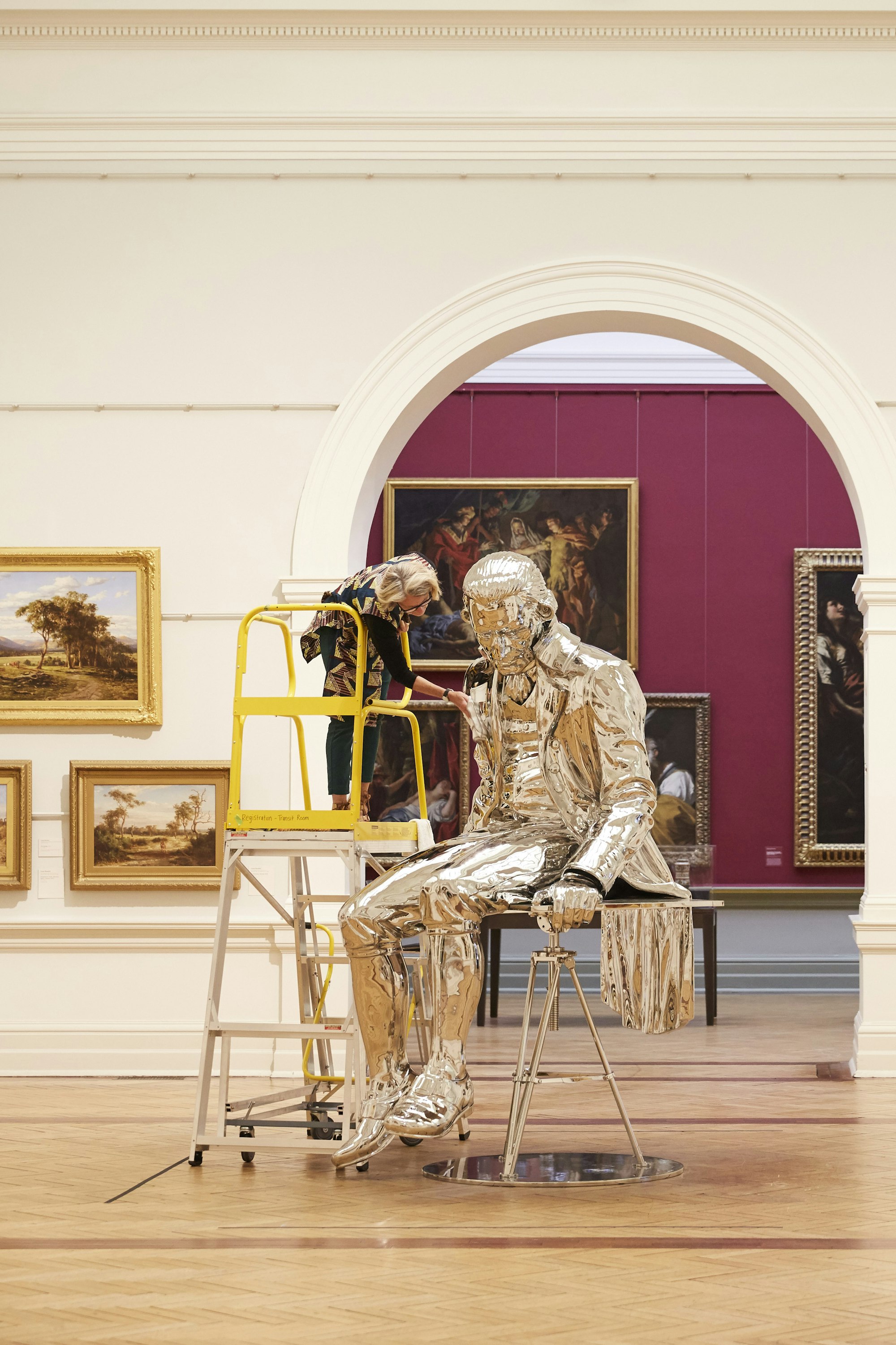
Cleaning Michael Parekowhai's 2015 sculpture The English Channel
At the Art Gallery of New South Wales, one of our primary objectives is to safeguard artworks for current and future generations to enjoy. Our conservators use their knowledge of how individual artworks are constructed and the potentially harmful effects of light, temperature, relative humidity, dust, insects, and vibration. They develop specific treatments for paintings, watercolours, prints, drawings, photographs, scroll paintings, frames, objects, sculptures, mixed media works, time-based and performance art.
Preventive conservation is carried out to ensure artworks are safely displayed, stored, or transported. Remedial conservation mitigates the effects of deterioration and damage. Conservation treatments are informed by scholarly research and thorough documentation and analysis. A range of examination techniques are used including microscopy, x-ray, or infra-red photography to help understand how the artist created the work. For contemporary works, conservators also engage in conversations with living artists on materials, working process, and how their artwork may change over time.
The changing landscape of artistic practice presents a constant challenge for conservators requiring innovative and creative solutions.
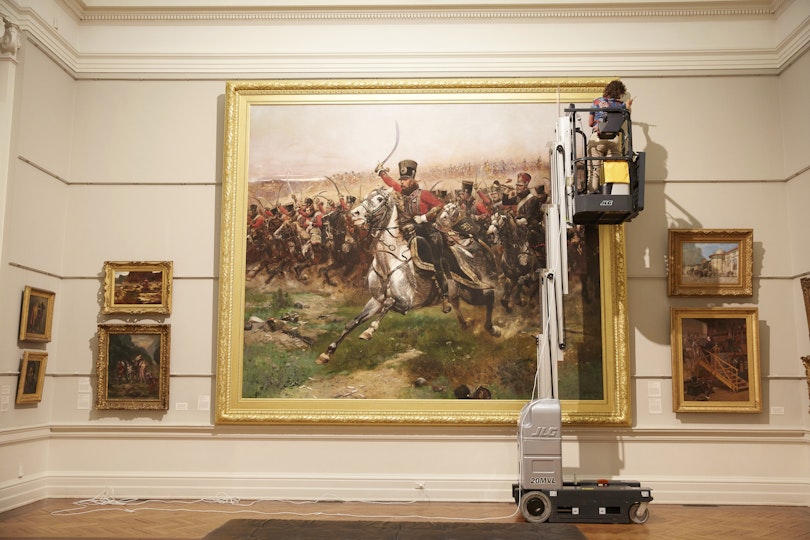
Conservator Melissa Harvey dusts Édouard Detaille's 1891 painting Vive L'Empereur!
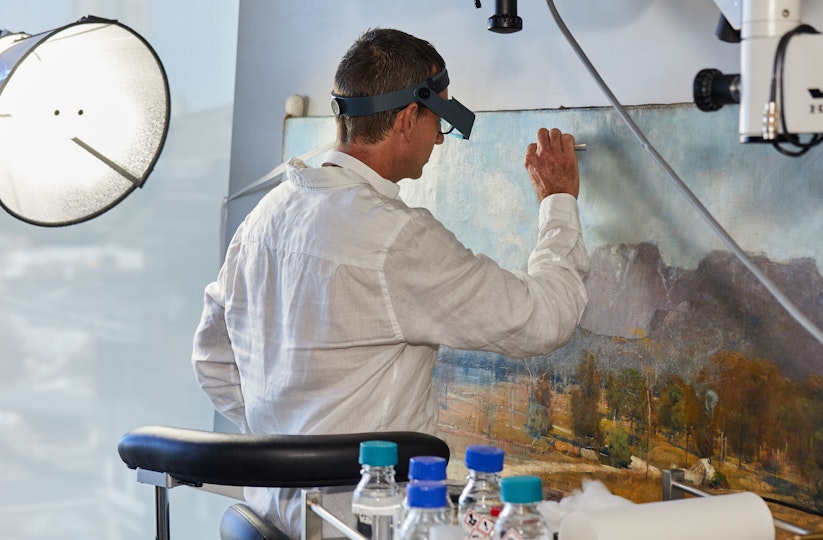
Paintings conservator Simon Ives working on Arthur Streeton's 1894 painting The Gloucester Buckets.
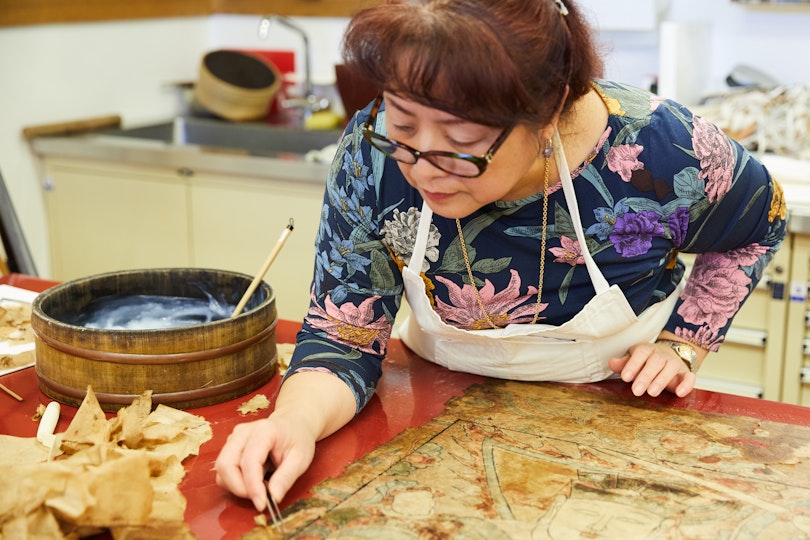
Asian art conservator Lily Yang working on Taiwei, the high constable 1857
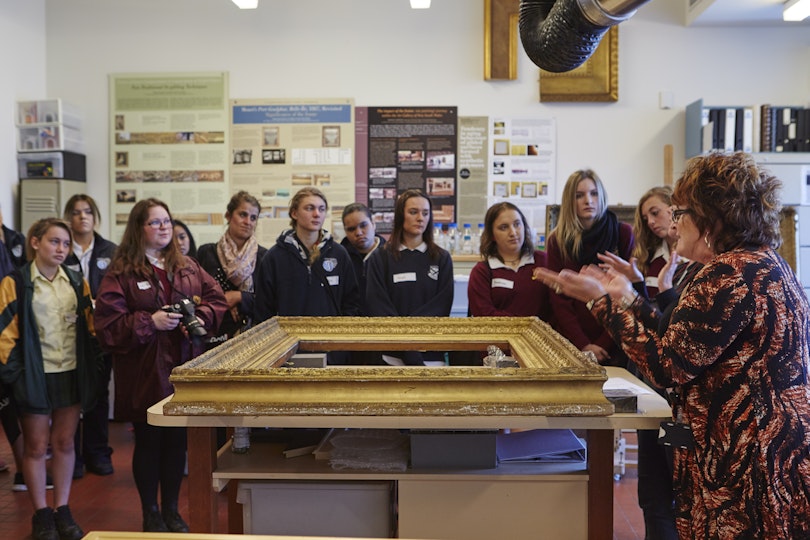
Students visit the conservation lab as part of the Djamu program at the Art Gallery
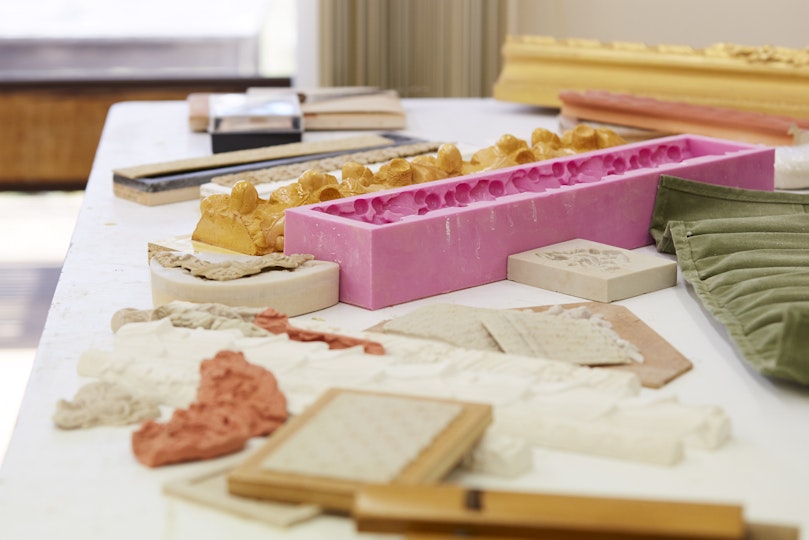
Moulds used by frames conservators to reproduce decorative ornaments
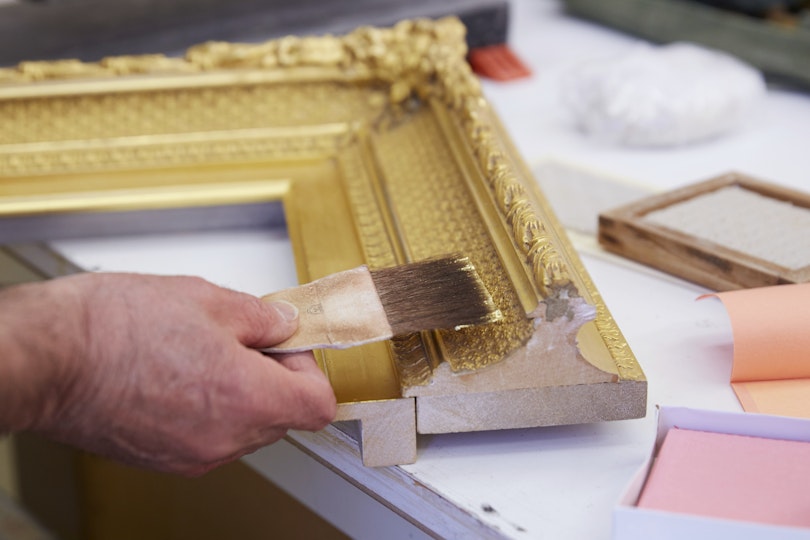
Gold leaf is applied to the frame using traditional gilding techniques
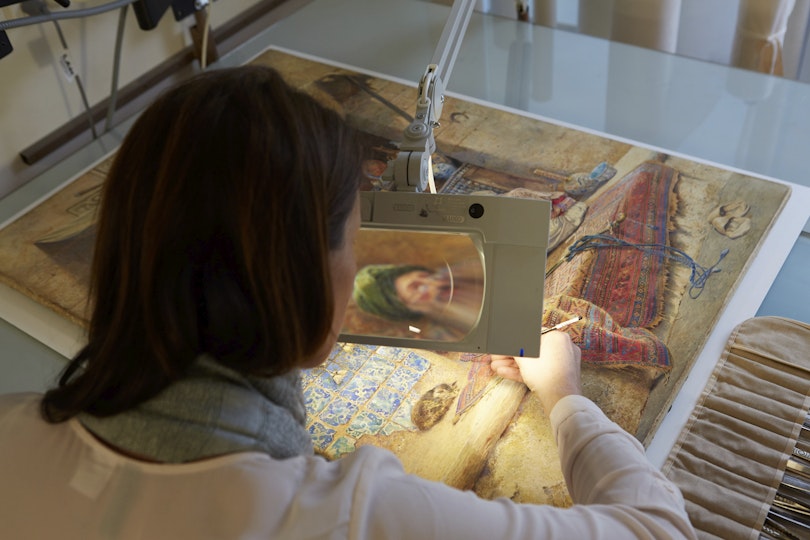
Paper conservator Analiese Treacy works on Charles Robertson's c1886 watercolour Bazaar gossip
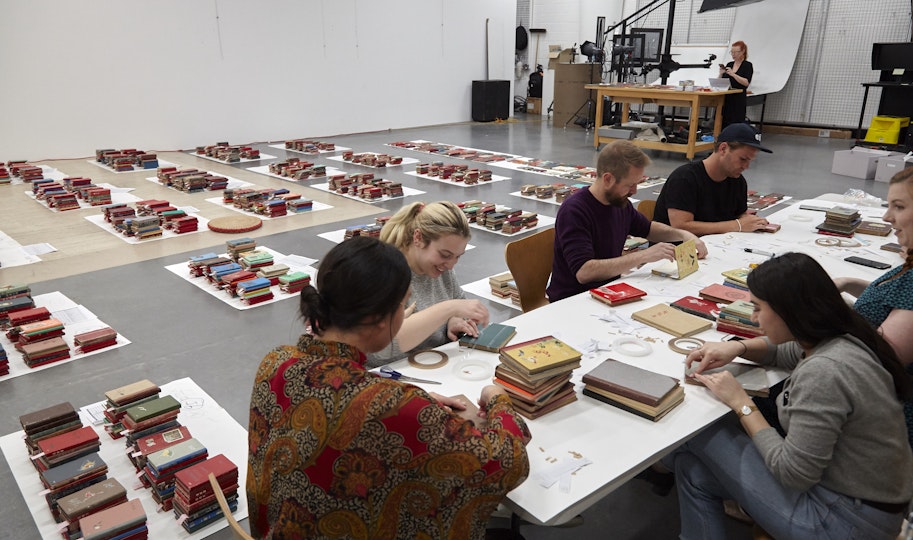
A team checks the 3000 notebooks that comprise Yang Zhichao's 2009 artwork Chinese Bible
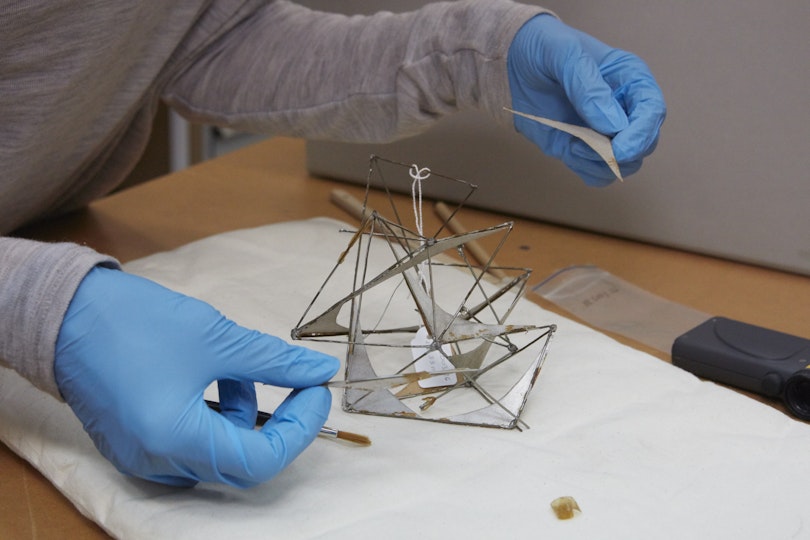
Objects conservator Melanie Barrett working on a Margel Hinder maquette
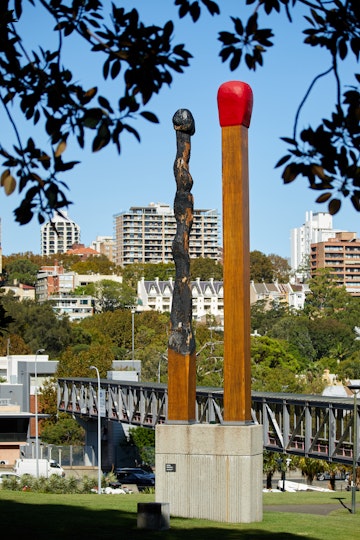
Brett Whiteley and Matthew Dillon’s 1968/1991 sculpture Almost Once requires regular conservation treatment.
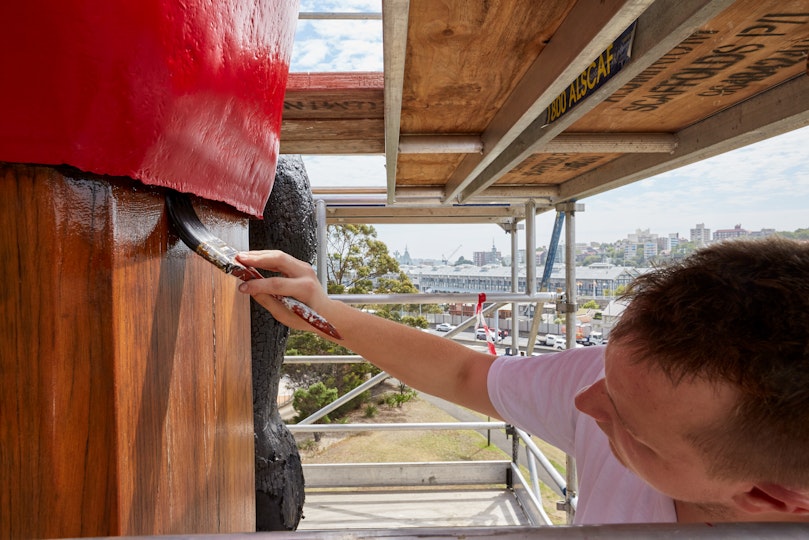
Extensive conservation treatment was undertaken in 2017 on Brett Whiteley and Matthew Dillon's Almost once
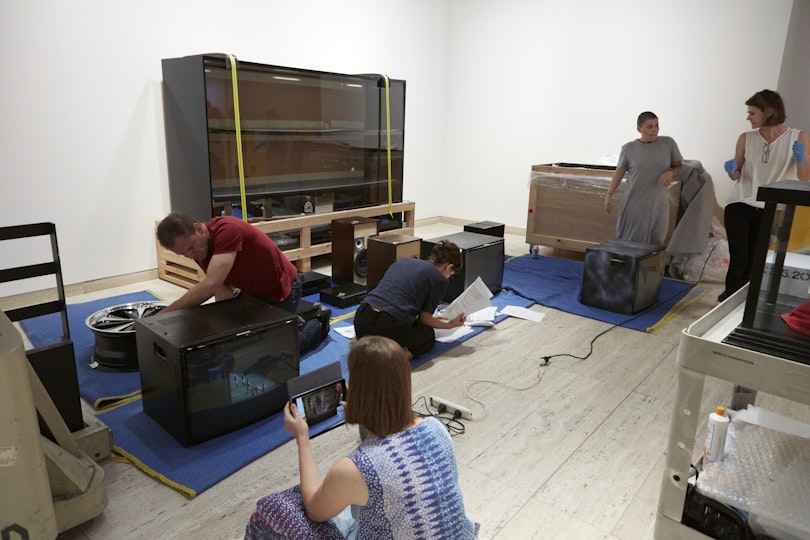
Conservation treatment of a time-based media artwork
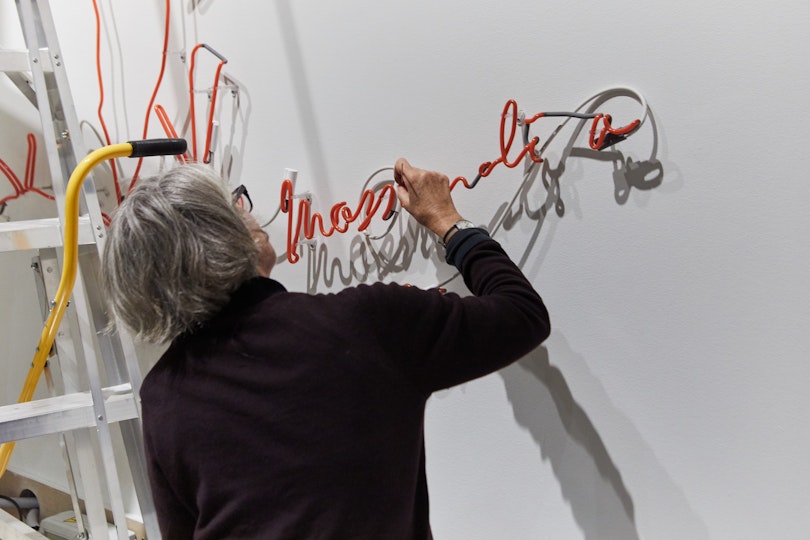
Objects conservator Kerry Head installing Joseph Kosuth’s 2009 work The Paradox of Content #4 (Orange)